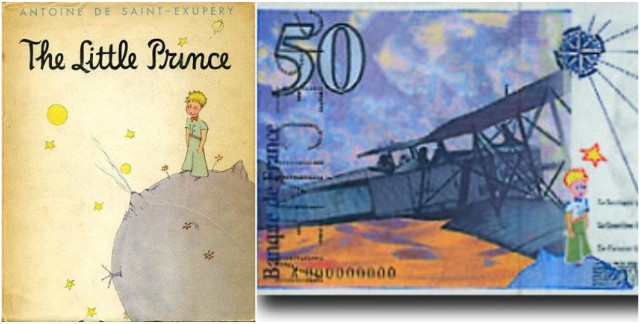Published back in 1943, The Little Prince (or Le Petit Prince in its original French) it is one of the most popular and also one of the best-selling books ever published. It is the most famous novella of the pioneering French aviator, writer, and poet, Antoine de Saint-Exupéry, and it has been translated into more than 250 languages including Latin, Scottish Gaelic, and Zulu and sold in over 140 million copies, worldwide.
Antoine de Saint-Exupéry, who was exiled to North America in the first year of World War II, unsuccessfully tried to persuade the government of the United States to enter the war against Germany. However, while he was in the United States, he wrote and illustrated one of the most beloved books – The Little Prince.
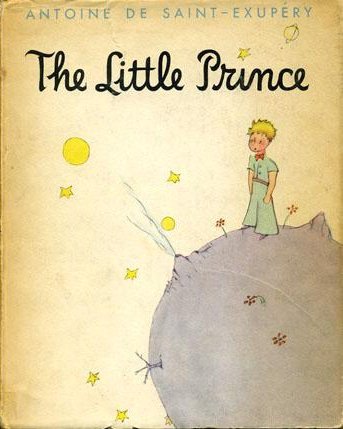
Though ostensibly a children’s book, The Little Prince is full of philosophical ideas and it is more than that. Its central theme is the importance of friendship and the quest for the truth. The author emphasizes the importance of looking beneath the surface to understand the true importance of things.
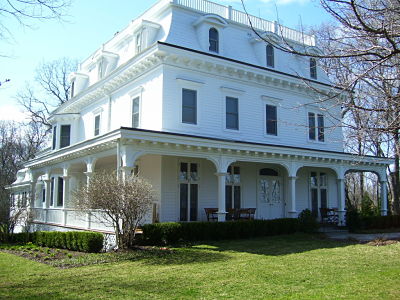
The story is about a nameless little prince from the asteroid known as B-612 encountered by an airplane pilot in the Desert of Sahara. The little prince tells stories about how he visited other planets and about the characters he met: a king, a conceited man, a drunkard, a lamplighter, a geographer… He met the fox who taught him about the importance of searching for the ‘truth.’ The fox tells him that ‘what is essential is invisible to the eye’ and to use the inner eyes to find the truth.
Saint-Exupéry published the book in New York back in 1943 and returned to his squadron. On 31st July 1944, he went on a mission and never came back, vanishing without a trace. In 1935 he had crashed in the Sahara desert while trying to break the speed record for a Paris-to-Saigon flight but miraculously survived the accident.
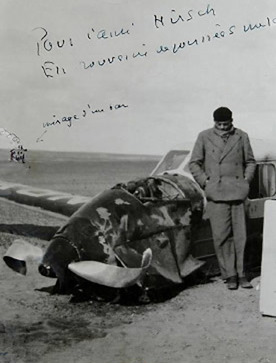
Many museum exhibits, exhibitions, and theme villages are dedicated to both him and his diminutive Little Prince.
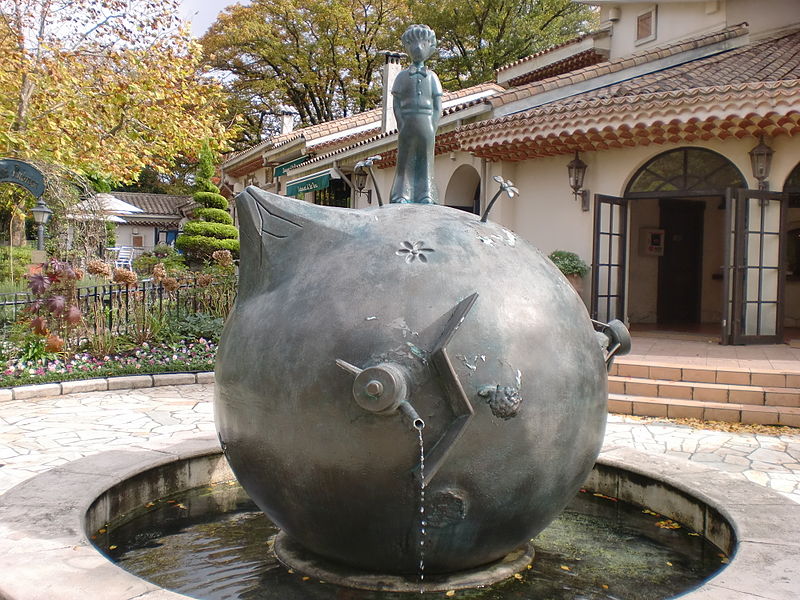
In 2003, a small asteroid moon, Petit-Prince (discovered in 1998), was named after The Little Prince. An asteroid discovered in 1975, 2578 Saint-Exupéry, was named after the author of The Little Prince.
France adopted the euro as its currency in 2002, but Saint-Exupéry and the drawings from The Little Prince were on the 50-franc banknote before the French had adopted the euro.
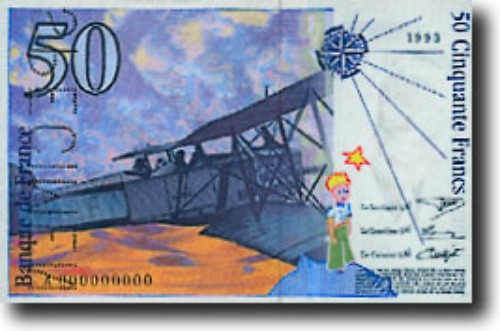
The artwork was by Swiss designer Roger Pfund. A micro-printed text from The Little Prince, visible with a strong magnifying glass, was among the anti-counterfeiting measures on the banknote.
It’s been over 70 years after Saint-Exupéry died, but The Little Prince still has a worldwide impact. He died without knowing that The Little Prince would become a lasting global phenomenon and that it will be voted as the best book of the 20th century in France.
